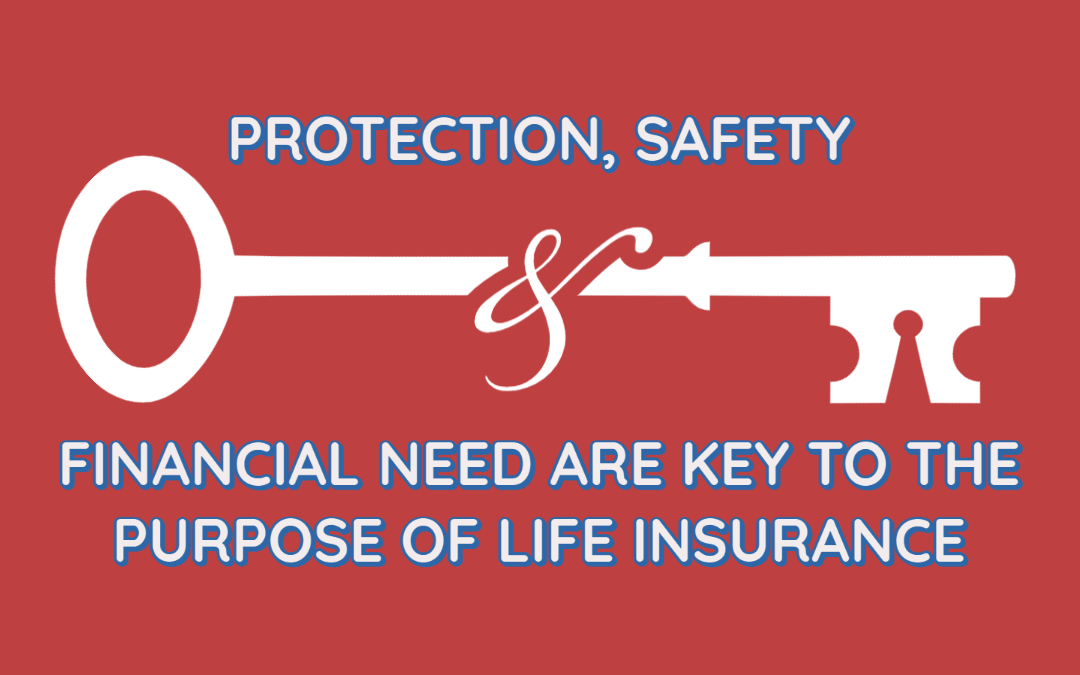The Ultimate Guide To Pacific Prime
The Ultimate Guide To Pacific Prime
Blog Article
What Does Pacific Prime Do?
Table of ContentsPacific Prime Fundamentals ExplainedAll About Pacific PrimePacific Prime Fundamentals ExplainedPacific Prime Fundamentals ExplainedPacific Prime for Beginners

This is because the information were collected for a period of solid financial performance. Of the approximated 42 million people who were without insurance, just about about 420,000 (regarding 1 percent) were under 65 years old, the age at which most Americans become qualified for Medicare; 32 million were grownups between ages 18 and 65, about 19 percent of all grownups in this age group; and 10 million were youngsters under 18 years of age, regarding 13.9 percent of all youngsters (Mills, 2000).
These quotes of the number of persons without insurance are generated from the annual March Supplement to the Current Population Study (CPS), conducted by the Census Bureau. Unless otherwise kept in mind, national quotes of people without wellness insurance coverage and percentages of the population with various kinds of insurance coverage are based on the CPS, one of the most commonly used source of quotes of insurance coverage and uninsurance rates.
Top Guidelines Of Pacific Prime

Still, the CPS is specifically valuable due to the fact that it creates annual estimates relatively swiftly, reporting the previous year's insurance policy protection approximates each September, and since it is the basis for a constant set of quotes for more than twenty years, permitting analysis of trends in coverage in time. For these reasons, as well as the considerable usage of the CPS in other researches of insurance protection that exist in this report, we count on CPS quotes, with limitations kept in mind.

The quote of the variety of without insurance people increases when a populace's insurance coverage status is tracked for a number of years. Over a three-year period beginning early in 1993, 72 million individuals, 29 percent of the united state population, lacked protection for at least one month. Within a solitary year (1994 ), 53 million More Bonuses people experienced a minimum of a month without insurance coverage (Bennefield, 1998a)
Six out of every 10 without insurance adults are themselves used. Although functioning does enhance the possibility that and one's relative will certainly have insurance policy, it is not a warranty. Also members of families with 2 full time breadwinner have nearly a one-in-ten possibility of being without insurance (9.1 percent without insurance rate) (Hoffman and Pohl, 2000).
4 Simple Techniques For Pacific Prime
New immigrants represent a substantial percentage of individuals without medical insurance. One evaluation has actually attributed a considerable part of the current development in the dimension of the united state uninsured population to immigrants who showed up in the nation in between 1994 and 1998 (Camarota and Edwards, 2000). Current immigrants (those who came to the United States within the past 4 years) do have a high price of being uninsured (46 percent), however they and their youngsters represent simply 6 percent of those without insurance coverage country wide (Holahan et al., 2001).
The connection between medical insurance and accessibility to care is well established, as recorded later in this chapter. The connection between health insurance and health and wellness outcomes is neither straight neither basic, a substantial scientific and health and wellness services study literature links wellness insurance policy coverage to improved accessibility to care, much better top quality, and enhanced personal and population health standing.
Levels of evaluation for taking a look at the effects of uninsurance. It concentrates specifically on those without any kind of health insurance policy for any type of size of time.
The Ultimate Guide To Pacific Prime
The problems encountered by the underinsured are in some aspects similar to those encountered by the without insurance, although they are typically less serious. Health insurance, nonetheless, is neither needed nor enough to acquire accessibility to medical solutions. The independent and straight impact of health insurance policy coverage on accessibility to health and wellness solutions is well established.
Others will certainly acquire the healthcare they need even without health and wellness insurance coverage, by paying for it expense or seeking it from suppliers who supply care free or at extremely subsidized prices. For still others, medical insurance alone does not make certain receipt of treatment because of various other nonfinancial barriers, such as a lack of wellness care service providers in their community, minimal accessibility to transportation, illiteracy, or etymological and cultural distinctions.
The 3-Minute Rule for Pacific Prime
Official study concerning without insurance populations in the United States dates to the late 1920s and early 1930s when the Committee on the Expense of Healthcare generated a collection of records about financing physician office sees and hospital stays. This concern came to be salient as the numbers of medically indigent climbed during the Great Depression.
Report this page